Full Name Ruth Aiko Asawa Role Sculptor Nationality American Spouse Albert Lanier (m. 1949) | Website www.ruthasawa.com Name Ruth Asawa | |
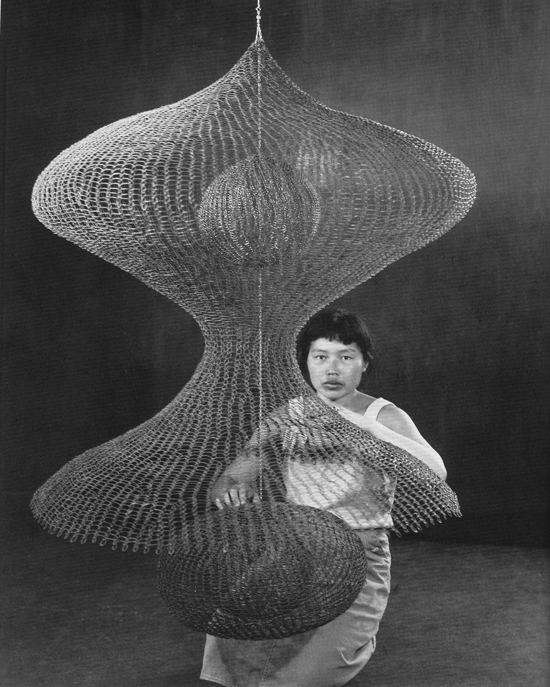 | ||
Artwork Ruth Asawa's San Francisco Fountain Similar People Josef Albers, Lawrence Halprin, Isamu Noguchi, William Wurster, Marcel Breuer | ||
Kqed spark ruth asawa
Ruth Aiko Asawa (January 24, 1926 – August 5, 2013) was an American sculptor. Known in San Francisco as the "fountain lady", her work is included in the art collections of the Solomon R. Guggenheim Museum and the Whitney Museum of American Art in New York. She was a driving force behind the creation of the San Francisco School of the Arts, which was renamed the Ruth Asawa San Francisco School of the Arts in 2010 in tribute to her.
Contents
- Kqed spark ruth asawa
- Video ruth asawa objects apparitions
- Early life and education
- Personal life
- Career
- Public service and arts education activism
- Selected works
- Awards
- Film
- References
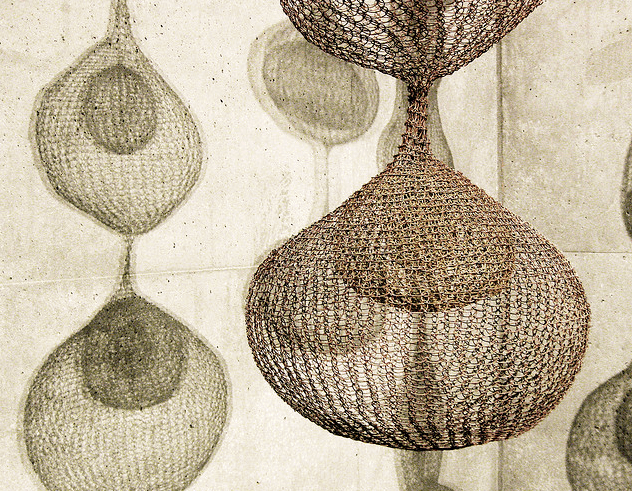
Video ruth asawa objects apparitions
Early life and education
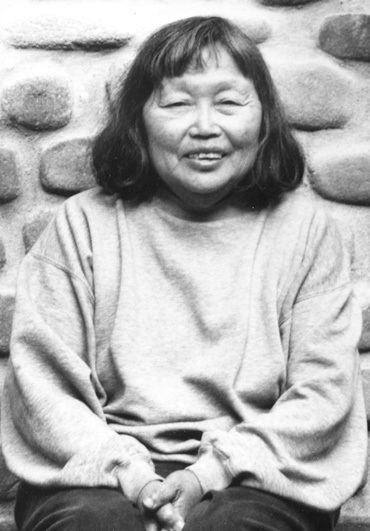
Ruth Asawa was born in 1926 in Norwalk, California, one of seven children. Her parents were immigrants from Japan, and her father operated a truck farm until the federal government initiated the Japanese American internment during World War II. The family was interned at the assembly center hastily set up at the Santa Anita racetrack for much of 1942, then they were sent away to Rohwer War Relocation Center in Arkansas. Asawa's younger sister, Nancy (Kimiko), was visiting family in Japan when her family was interned. She was unable to return, as the US prevented entry even of American citizens from Japan. Nancy was forced to stay in Japan for the duration of the war. Her father, Umakichi Asawa, was arrested by FBI agents in February 1942, and interned at a detention camp in New Mexico. For six months following, the Asawa family did not know if he was alive or dead. Asawa did not see her father for six years.
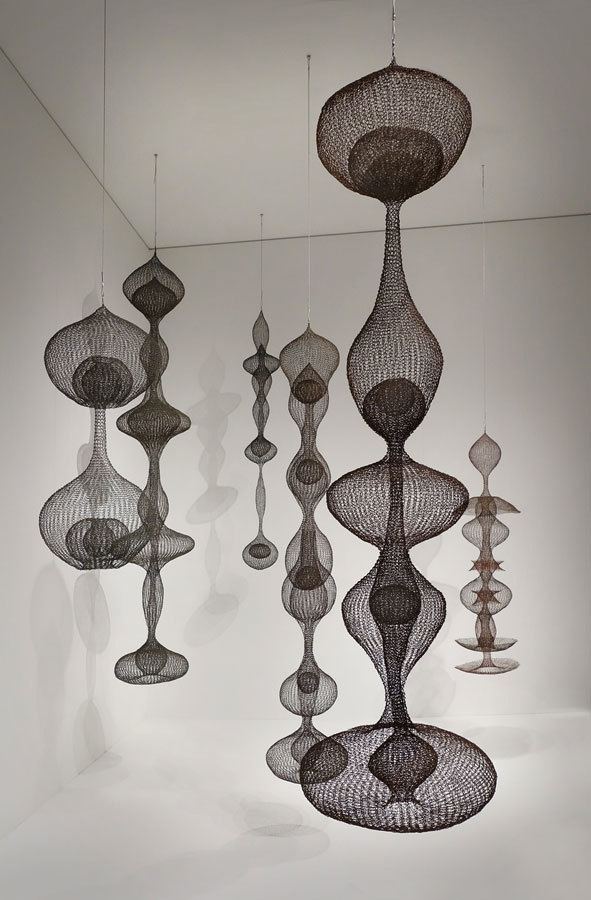
Following her graduation from the internment center's high school, Asawa attended Milwaukee State Teachers College, intending to become an art teacher. She was prevented from attending college on the California coast, as the war had continued and the zone of her intended college was still declared prohibited to ethnic Japanese, whether or not they were American citizens. Unable to get hired for the requisite practice teaching to complete her degree, she left Wisconsin without a degree. (Wisconsin awarded the degree to her in 1998.)
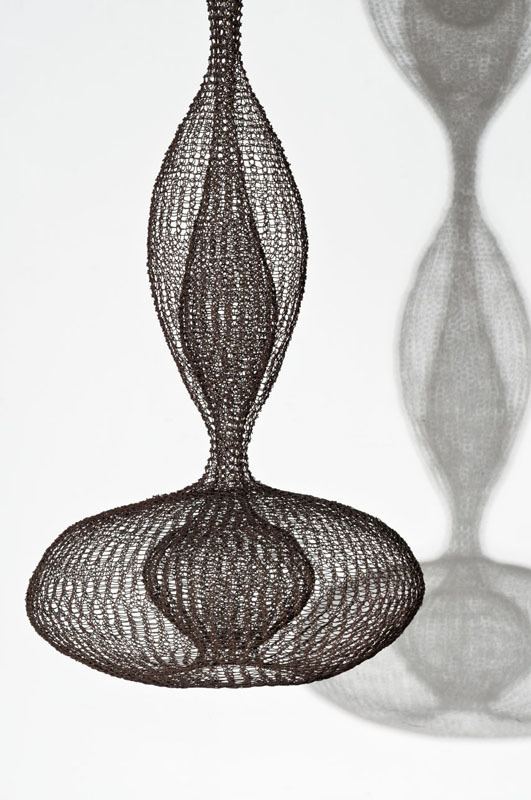
The summer before her final year in Milwaukee, Asawa traveled to Mexico with her older sister Lois (Masako). Asawa attended an art class at the Universidad de Mexico; among her classmates was Clara Porset, a refugee from Cuba. A friend of artist Josef Albers, Porset told Asawa about Black Mountain College where he was teaching.
From 1946 to 1949, she studied at Black Mountain College with Josef Albers. Asawa learned to use commonplace materials from Albers, and she began experimenting with wire, using a variety of techniques. Like all Black Mountain College students, Asawa took courses across a variety of different art forms, and this interdisciplinary approach helped to shape her artistic practice. She was particularly influenced by the Black Mountain College summer sessions of 1946 and 1948, which featured courses by artist Jacob Lawrence, photography curator and historian Beaumont Newhall, Jean Varda, composer John Cage, choreographer Merce Cunningham, artist Willem de Kooning, and R. Buckminster Fuller. According to Asawa, the dance courses she took with Merce Cunningham were especially inspirational.
Personal life
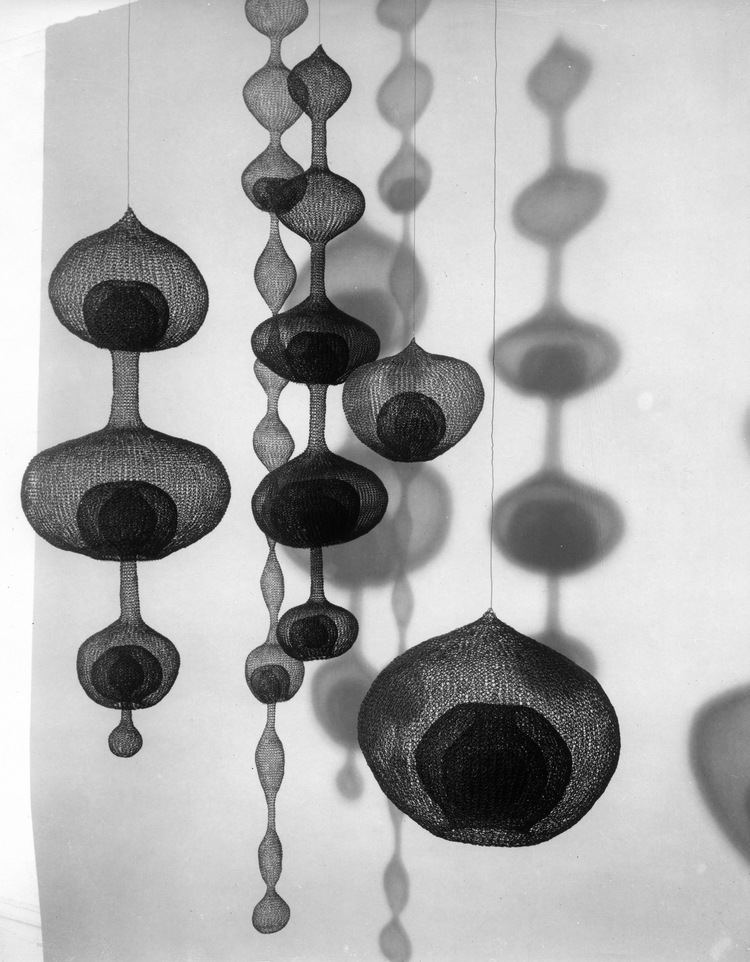
Asawa married architect Albert Lanier in July 1949. The couple had six children: Xavier (1950), Aiko (1950), Hudson (1952), Adam (1956), Addie (1958), and Paul (1959). Albert Lanier died in 2008. Asawa died of natural causes on August 5, 2013, at her San Francisco, California, home at the age of 87.
Career
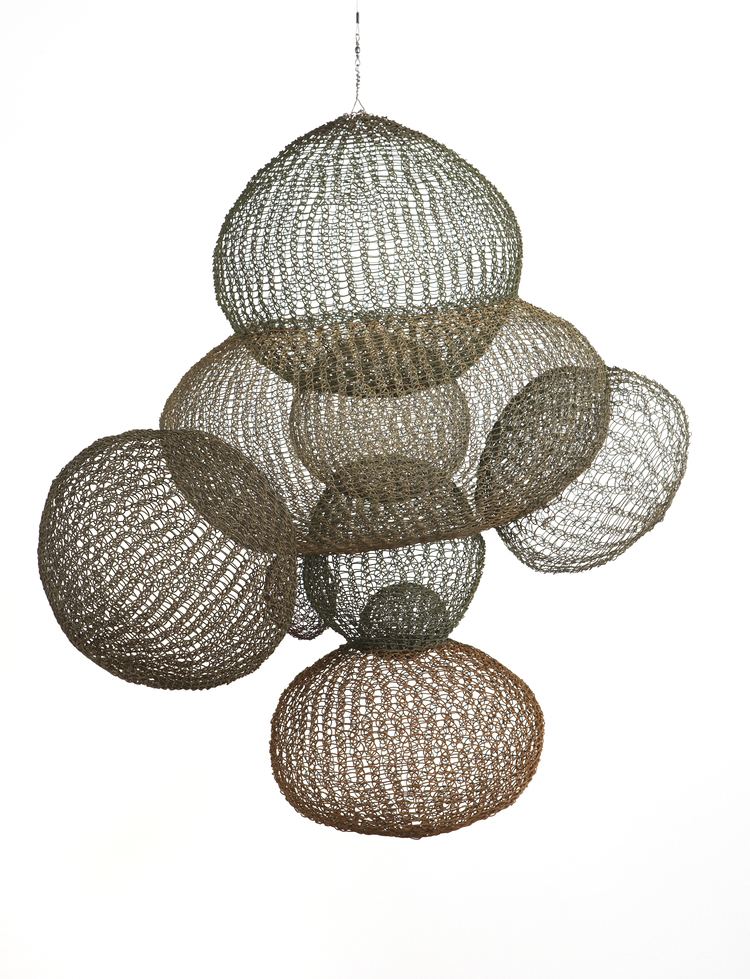
In the 1950s, Asawa experimented with crocheted wire sculptures of abstract forms that appear as three-dimensional line drawings. She learned the basic technique while in Toluca, Mexico, where villagers used a similar technique to make baskets from galvanized wire. She explained:
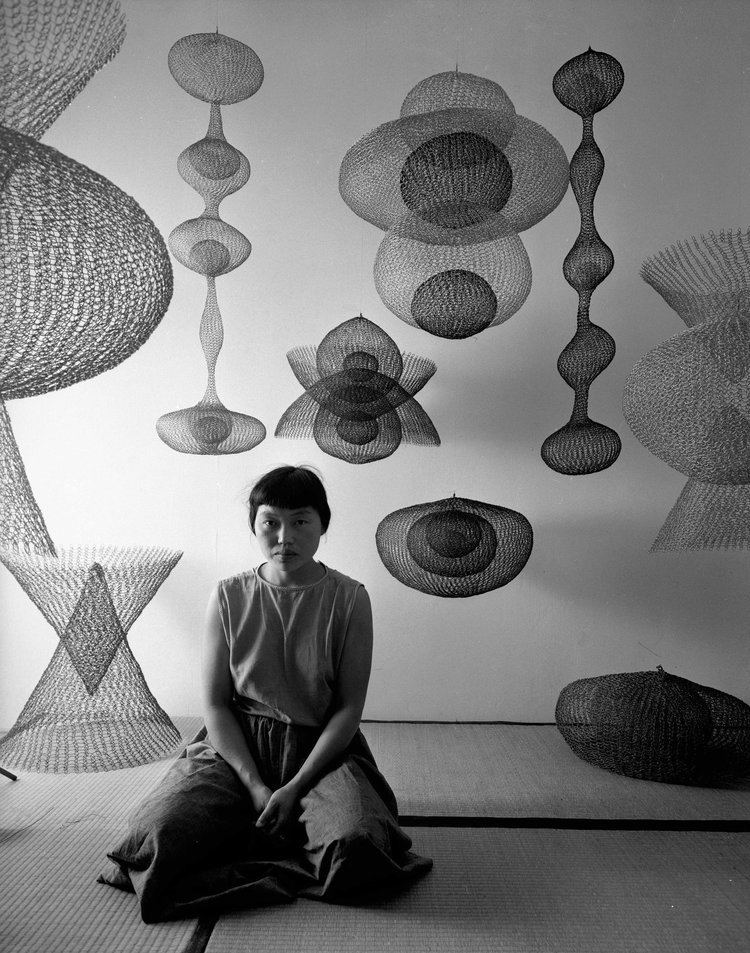
I was interested in it because of the economy of a line, making something in space, enclosing it without blocking it out. It’s still transparent. I realized that if I was going to make these forms, which interlock and interweave, it can only be done with a line because a line can go anywhere.
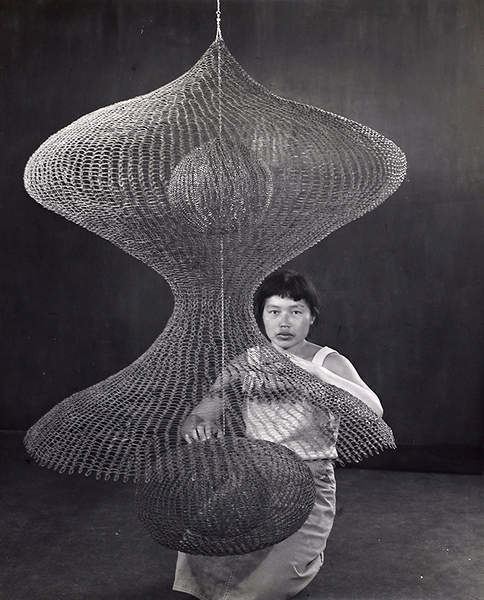
Asawa's wire sculptures brought her prominence in the 1950s, when her work appeared several times in the annual exhibitions at the Whitney Museum of American Art and in the 1955 São Paulo Art Biennial.
In 1962, Asawa began experimenting with tied wire sculptures of images rooted in nature, geometry, and abstraction. "Ruth was ahead of her time in understanding how sculptures could function to define and interpret space," said Daniell Cornell, curator of the de Young Museum in San Francisco. "This aspect of her work anticipates much of the installation work that has come to dominate contemporary art."
In 1968, Asawa created her first representational work, a mermaid fountain in Ghirardelli Square on San Francisco’s waterfront, in which she mobilized 200 schoolchildren to mold hundreds of images of the city of San Francisco in dough, which were then cast in iron. Over the years, she went on to design other public fountains and became known in San Francisco as the "fountain lady".
Public service and arts education activism
Asawa had a passionate commitment to and was an ardent advocate for art education as a transformative and empowering experience, especially for children. In 1968, she was appointed to be a member of the San Francisco Arts Commission and began lobbying politicians and charitable foundations to support arts programs that would benefit young children and average San Franciscans. Asawa helped co-found the Alvarado Arts Workshop for school children in 1968. In the early 1970s, this became the model for the Art Commission's CETA/Neighborhood Arts Program using money from the federal funding program, the Comprehensive Employment and Training Act (CETA), which became a nationally replicated program employing artists of all disciplines to do public service work for the city. This was followed up in 1982 by building a public arts high school. The school was renamed the Ruth Asawa San Francisco School of the Arts in her honor in 2010. Asawa would go on to serve on the California Arts Council, the National Endowment for the Arts in 1976, and from 1989-1997 she served as a trustee of the Fine Arts Museums of San Francisco.
